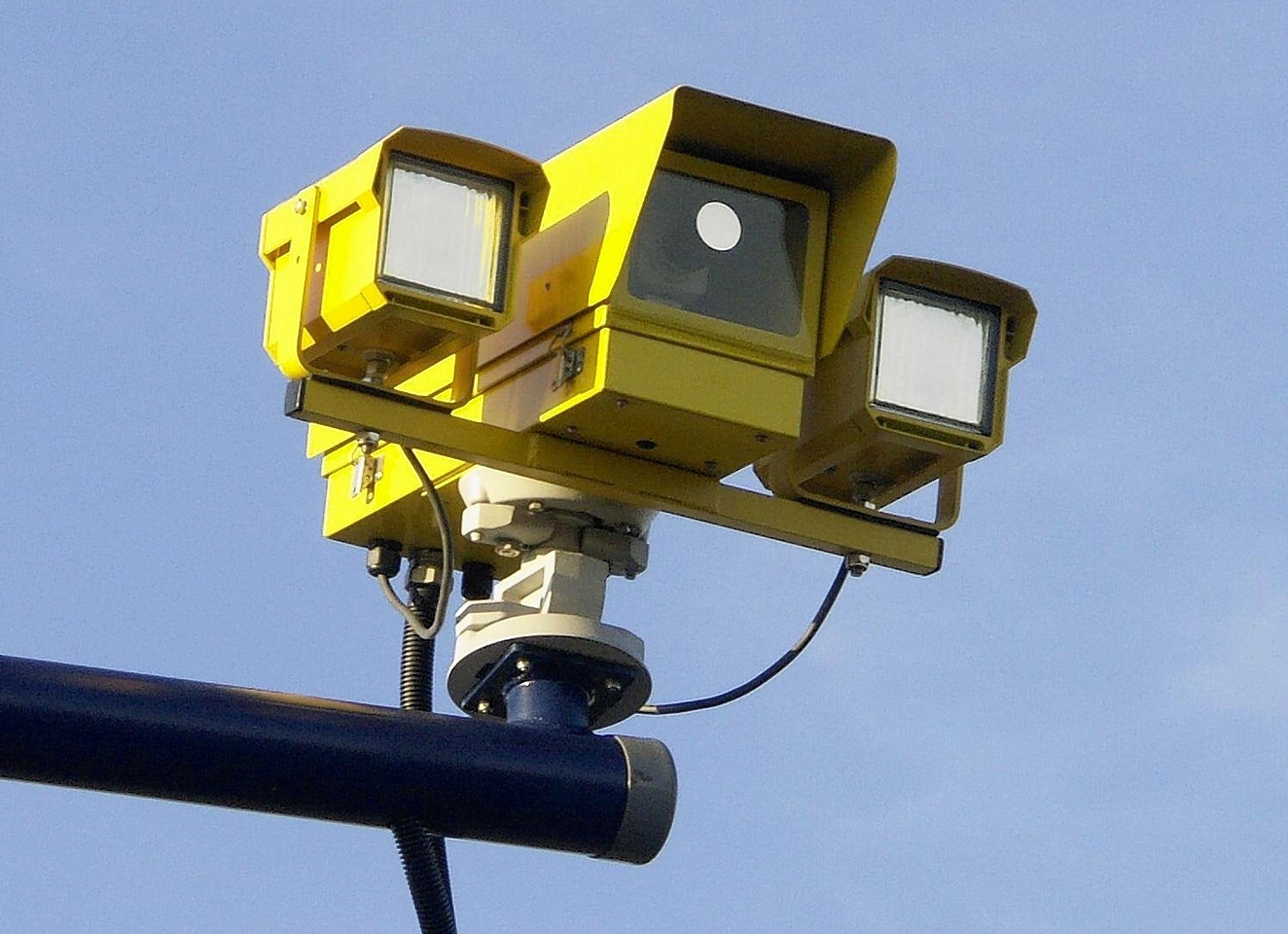Just one in ten drivers believe average-speed cameras will make Scotland’s most notorious road safer.
A new survey has also revealed more than half the motorists using the A9 fear the devices will also lead to an increase in tailgating – and increase journey times and frustration.
A similar number admitted driving too fast on the trunk road between the Highlands and Perth and more than a quarter of those quizzed confessed to using their mobile phone behind the wheel.
A road safety charity branded the speeding statistics “shocking” last night, while Transport Minister Keith Brown insisted the average-speed cameras would cut the accident rate.
Survey results released yesterday revealed that 20% of motorists had travelled at 15mph or more above the legal limit either “occasionally” or “frequently”.
They also showed that 38% had driven at 10mph or more above the limit, and 54% admitted breaking the limit by 3mph or more.
The survey, carried out by Aecom, was commissioned by Transport Scotland to provide “before” market research as part of the monitoring of the A9 average-speed cameras and the pilot of the heavy goods vehicle speed limit increase to 50mph.
Mr Brown said the results showed the government was “heading in the right direction” with its plans to improve road safety.
But Mike Burns, of the A9 Average Speed Cameras Are Not the Answer campaign, repeated his calls for a U-turn on the controversial cameras project.
He said: “My message to the transport minister is ‘take them down Mr Brown’ because there’s no argument left for them any more.”
The survey also explored the reasons why people are speeding on the A9, with 94% saying it was because they felt it was safe to do so, and 83% claiming they felt pressurised by following traffic.
Of those surveyed, 57% believed average-speed cameras would cause an increase in tailgating, while 56% said they would expect journeys to take significantly longer.
Other worrying statistics included 24% of motorists admitting checking their mobile phones or making or taking calls, 30% saying they started to overtake but had to abandon the manoeuvre and 55% claiming they felt unsafe due to the actions of other road users.
Motorists were also asked what measures they felt would improve safety on the A9.
Almost 35% said dualling the road, while just over 10% believed installing average speed cameras would help to make it safer.
The other most popular answers were increasing the police presence and raising the HGV speed limit.
Mr Burns said: “Most of these driver responses confirm what the campaign has been saying for the past year.
“They show there is no support for the (average-speed cameras) scheme and that it does not address the main issues raised by drivers, which proves how pointless it is.
“We’ve been proven right so it is now up to the government to back down and take these things out.”
Highland MP Danny Alexander has repeatedly called on the Scottish Government to reconsider the plans.
He has said the £2.5million set aside for the project should be used instead to contribute to the road dualling project.
He said: “It’s interesting to see that, when asked an open question about safety on the A9, more than three times as many people said dualling, rather than cameras, should be the priority.”
MSP for Skye, Lochaber and Badenoch Dave Thompson said: “I have been driving on the A9 for well over 40 years so I am not in the least bit shocked at the number of drivers who admitted speeding – it is pretty obvious to anyone who travels at the speed limit by the number of folk going past you.
“Obviously dualling the A9 is the answer, but it is not going to happen overnight.
“In the meantime, it makes absolute sense to install average-speed cameras and to increase the speed limit for HGVs.”
A spokeswoman for the road safety charity Brake said: “It’s shocking to see that many drivers on the A9 have such disregard for the speed limit and the catastrophic consequences speeding can have.
“Speed limits are in place for a reason and breaking them – even by a small amount – needlessly puts lives at risk.”
